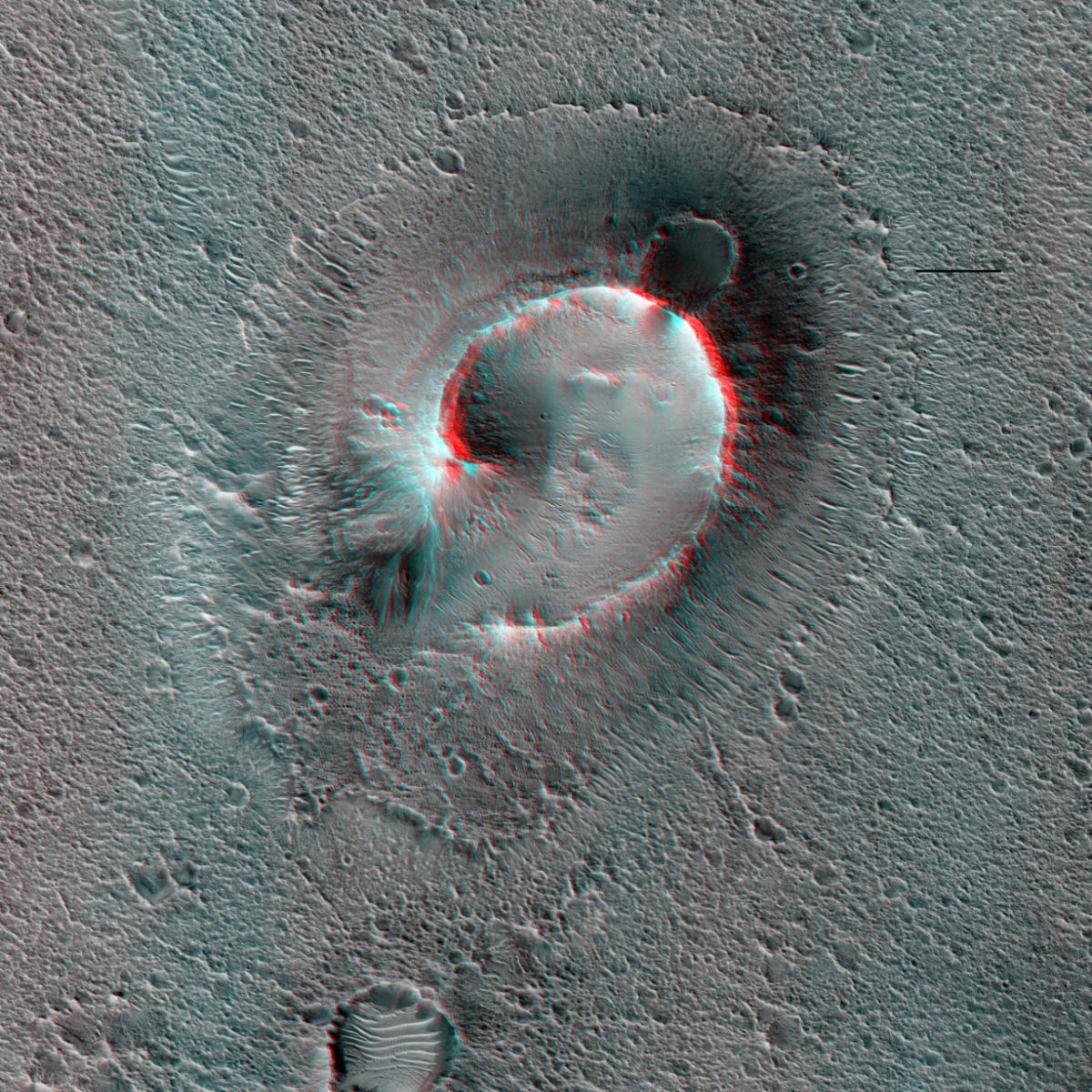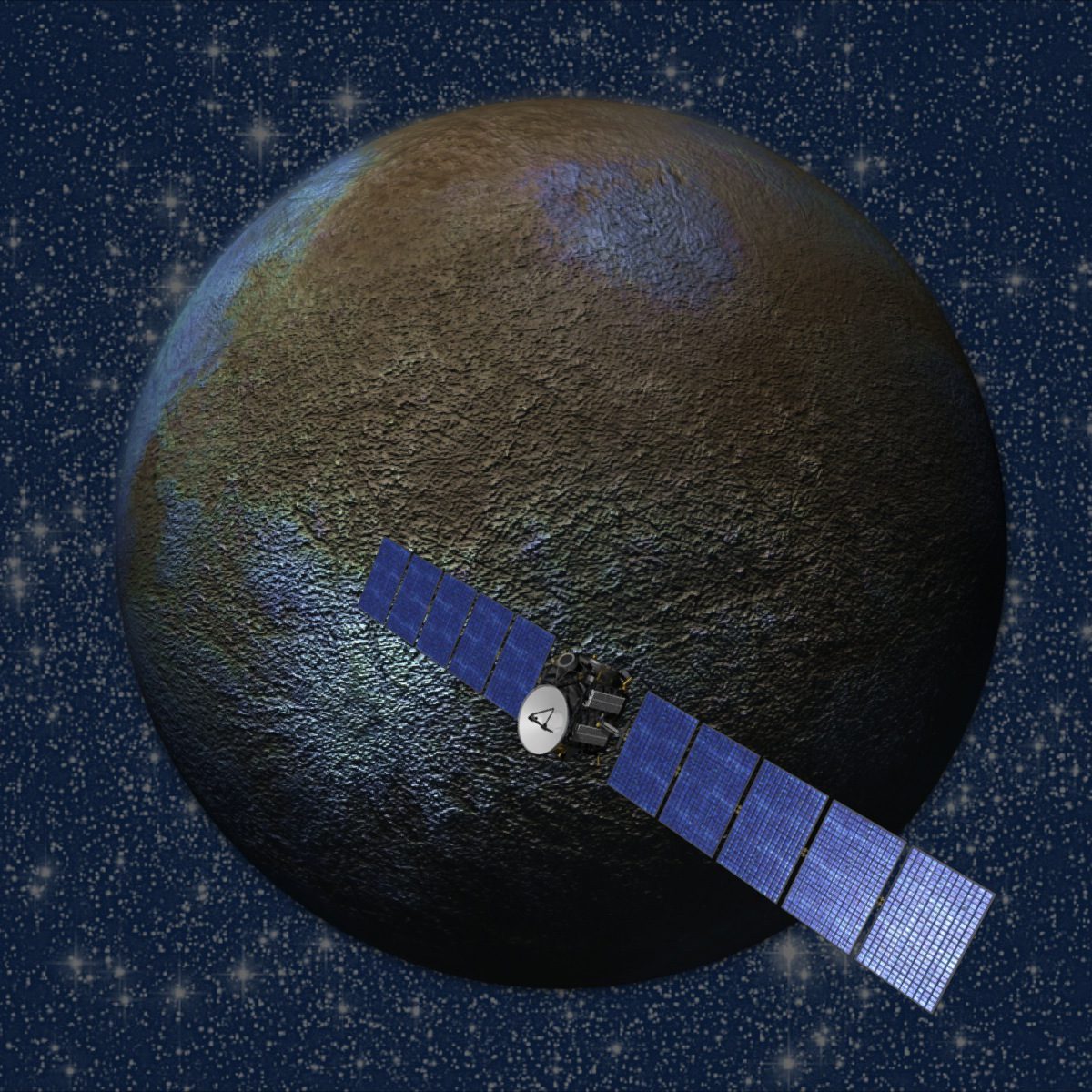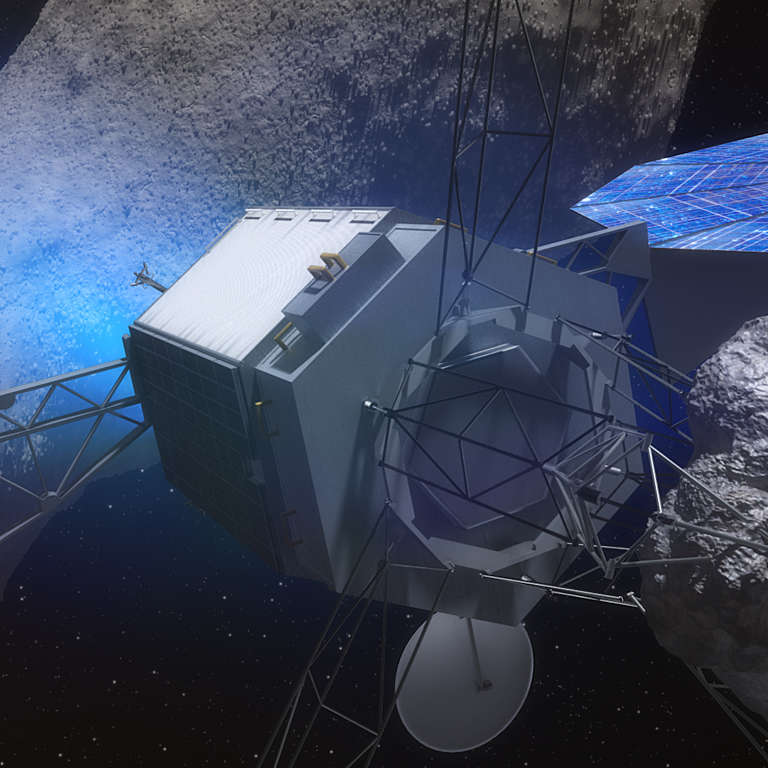All
All
Stories, updates, insights, and original analysis from The Planetary Society.
Discovery Lives
Last month teams of scientists from around the United States submitted proposals for the thirteenth mission in NASA’s Discovery program. Jason Callahan discusses this latest round of proposals.
Mars, In Depth
See the latest three-dimensional landscapes captured by the Mars Reconnaissance Orbiter.
Planetary Report: The Spring Equinox 2015 Issue
The Planetary Report's editor, Donna Stevens, brings you the first issue of 2015!
Pretty Cassini pictures: animation of Iapetus' north pole, and other fun
Now that Cassini has returned to Saturn's equatorial plane, it has lots of opportunities to observe Saturn's moons. For about a week, Cassini has been taking regular sets of images of Iapetus, which I've assembled into an animation.
A Love Letter to Science Education
The Planetary Society Operations Assistant Whitney Pratz reports from the National Science Teacher Association Conference and on the development of our youth education and outreach program, Planetary Kids.
A New Path to Mars?
A new advocacy initiative for the Society: let's get humans to Mars.
OSIRIS-REx Begins ATLO (Assembly, Test, and Launch Operations)
The OSIRIS-REx mission passed another major milestone. We now have approval to build the spacecraft.
Mars Exploration Rovers Update: Opportunity Finishes First Marathon on Another Planet and Roves On
On March 24, 2015, after spending several weeks investigating some new rock types along the western rim of Endeavour Crater, Opportunity roved past 42.2 kilometers (26.2 miles) and put the first off-Earth marathon in her rear view mirror, driving the Mars Exploration Rovers mission back into the space history books.
The Lunar Chronology: What Happens When Science Does Its Thing
Scientist Stuart Robbins discusses dating the lunar surface is using impact craters.
Dawn Journal: Preparing to Photograph Ceres
Dawn's Chief Engineer and Mission Director, Marc Rayman, explains why we haven't seen any new images of Ceres—and when we can expect them.
Revitalized 0.81m telescope studying properties of NEOs
Thanks to a new focal reducer and re-aluminized mirror from a Shoemaker NEO grant, a 0.81-meter telescope in Italy is performing astrometric follow-up observations and physical studies of asteroids.
Your First Timeline of Events for LightSail's Test Flight
The team behind The Planetary Society’s LightSail spacecraft is kicking off a series of simulations to ensure the spacecraft’s ground systems are ready for launch.
Field Report from Mars: Sol 3971 - March 26, 2015
Opportunity reaches a marathon milestone—in more ways than one. Larry Crumpler reports on the current status of the seemingly unstoppable Mars rover.
In Pictures: One-Year ISS Mission Begins
The one-year ISS mission of Scott Kelly and Mikhail Kornienko began with an early morning launch from Baikonur, Kazakhstan.
Ceres Gets Real; Pluto Lurks
Although we are still along way from understanding this fascinating little body, Ceres is finally becoming a real planet with recognizable features! And that's kinda cool.
LPSC 2015: Aeolian Processes on Mars and Titan
Planetary scientist Nathan Bridges reports on results from the Lunar and Planetary Science Conference about the action of wind on the surfaces of Mars and Titan.
Four Ideas to Bust the Floor on Outer Planet Mission Costs
The road to lower costs outer planet missions has been paved by NASA’s first two New Frontiers missions, the $700M New Horizons mission to Pluto and the $1.1B Juno mission to Jupiter. But can the cost of a mission to the outer solar system be cut to $450M, the limit for a Discovery mission?
LPSC 2015: MESSENGER's low-altitude campaign at Mercury
At last week's Lunar and Planetary Science Conference, the MESSENGER team held a press briefing to share results from the recent few months of incredibly low-altitude flight over Mercury's surface. The mission will last only about five weeks more.
One-Year ISS Mission Preview: 28 Experiments, 4 Expeditions and 2 Crew Members
This Friday, astronaut Scott Kelly and cosmonaut Mikhail Kornienko will embark for a one-year mission aboard the International Space Station.
Meet NASA's Winning Asteroid Redirect Spacecraft, and the Asteroid It May Visit
NASA has decided to pluck a small boulder off a large asteroid, instead of bagging an entire asteroid outright, the agency announced Wednesday.


 Explore Worlds
Explore Worlds Find Life
Find Life Defend Earth
Defend Earth


 Sun
Sun Mercury
Mercury Venus
Venus Earth
Earth Mars
Mars Jupiter
Jupiter Saturn
Saturn Uranus
Uranus Neptune
Neptune Small Bodies
Small Bodies

















